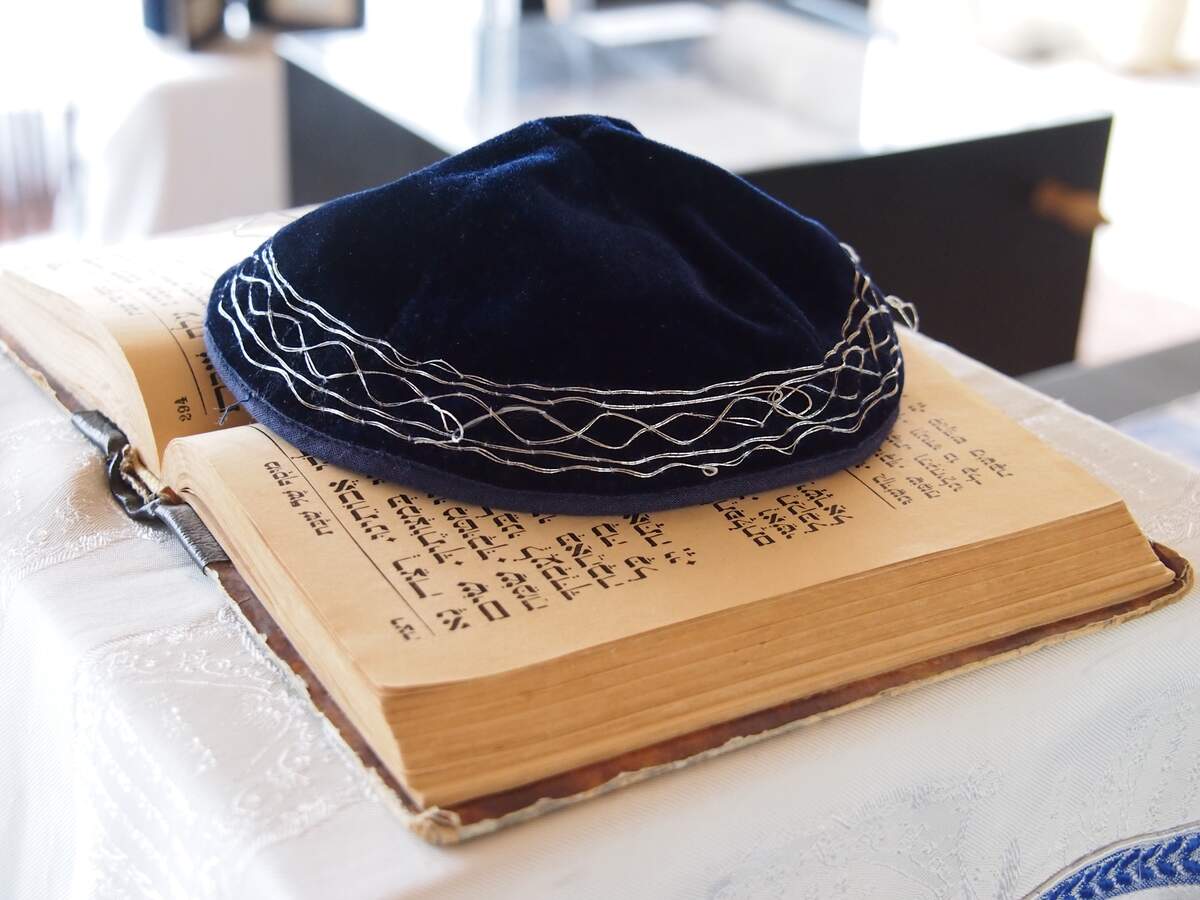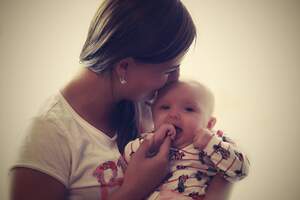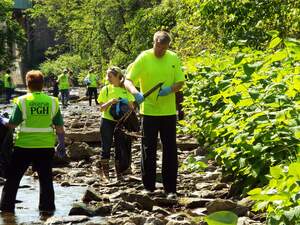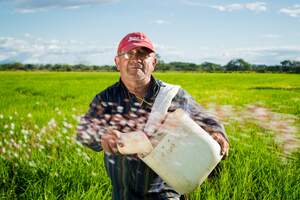

The Start of Rosh Hashanah
Also known as
Day of Blowing the Shofar
Day of Judgement
Day of Remembrance
Jewish New Year
Observed
the 1st of Tishri in the Hebrew calendar
Dates
Hashtags
Sources
Rosh Hashanah takes place on the first day of Tishri, the seventh month in the Hebrew religious calendar. The name means "beginning of the year" in Hebrew, and it is also celebrated as the Jewish New Year, as it is the start of the new year on the Jewish civil calendar. It takes place 163 days after the start of Passover, and is the first day of a ten day period of self-examination and repentance called Yamim Noraim, which ends with Yom Kippur. It is observed by Jews throughout the world and is a public holiday in Israel.
Some celebrate Rosh Hashanah for just a day, but for many, it lasts for two days. It is a day of rest and prayer, where only a limited amount of work can be done. Many people of the Jewish faith take the day off from their jobs, and much time is spent in the synagogue. It is also a day of judgment, where God judges people on their deeds from the past year, and people ask for forgiveness from others for their past deeds as well. A shofar, made from the horn of a ram or another animal, is blown to symbolically wake up people of the Jewish faith and to alert them to and prepare them for God's judgment. In addition, the day is a time of remembrance when the creation of the world is commemorated.
A rite called tashlikh takes place on the afternoon of the first day when prayers are recited near flowing water. The location is usually a river or stream, but if one can't be found, a fish pond or a ritual bath called a mikveh may be used. Small pieces of food such as bread are thrown in to symbolize the throwing away of sins. In New York City, many perform the rite off the Brooklyn and Manhattan bridges.
Food prepared to eat has much significance for the day, and some of these foods carry symbolism. Family and friends gather together for a special meal. Delicacies are made on the first night as an omen of good luck. Newly ripe fruits are served on the second day; fruit, as well as challah bread, is dipped in honey. The sweet foods symbolize sweetness for the coming year, and the round challah bread symbolizes the yearly cycle. Other common foods include pomegranates, black-eyed beans, dates, gourds, carrots, leeks, spinach, fish, and tongue or other meat from the head of an animal. Common dishes include gefilte fish, which are poached fish balls, and lekach, which is honey-flavored sponge cake.
How to Observe The Start of Rosh Hashanah
If you are Jewish, celebrate the day by going to a synagogue and by participating in tashlikh, enjoying a meal with family and friends, and partaking in the day's other rituals. If you are not Jewish, you could still celebrate by eating some of the day's traditional foods, such as gefilte fish or lekach.





















